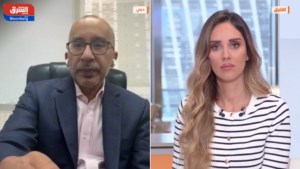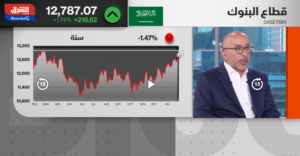Research, when conducted in a dispassionate manner, uncovers patterns in history that are surprisingly ignored in everyday life.
History is not merely an explanation of the past, but it is also a description of the present. Unfortunately, in the quest for research, other motives often get smuggled in; agendas that make conclusions move towards one direction rather than another. Sell-side analysts typically recommend everything that is going up (chasing performance).
And buy-side analysts will try to ‘sell their book’, or otherwise profit from agendas that are not often disclosed. In laissez-faire capitalism, this is the norm, and despite the plethora of regulations, agenda-based narratives continue to dominate, with pure research being relegated to the ivory towers of academia.
One such topic has been the currency markets and the strength (and weakness of the US dollar) over time. Whilst it is true the academia surrounding currency rates has become increasingly mathematical (and often inscrutable), there is an increased understanding that currency rates have a strong dependence on expectation of future interest rates and asset prices.
Therefore, exchange rates are themselves viewed as asset prices, reflecting not only increased volatility of the assets of that country but also a reflection of expectations of the path of asset prices. Increased volatility becomes a sign of increased turbulence and in the post-Covid era, the turbulence has been a function of interest rates, which have started to affect broad swathes of the US economy. This was a pattern seen in the 1970s, when broad changes in aggregate price levels (oil shocks, commodity booms and shortages, differential productivity growth, and shifts in the demand for money on the back of stickiness in prices, led not only to increased foreign exchange volatility but also demonstrated itself in the form of lower asset prices.
Interest rate, dollar linkages
The Dow Jones index was no higher in 1981 than it was in 1965. During this time, high and increasing interest rates did not strengthen the price of the dollar (as would have been dictated by economic theory), because there was a variation in price expectations.
As nominal interest rates increased, capital markets (second-order engines that they are) did not discount the probability of reducing inflation. Hence, not only did asset prices fall in that period, but so did the US dollar.
This reversal of the relationship between interest rates and the external value of the dollar was because of capital flight, a phenomenon that only arrested itself during the Paul Volcker years at the Fed, and sparked a 40-year boom in US asset prices as well as in the price of the dollar.
Valuations had a role in the ensuing bull run too, sparked off by a low base in valuations and as inflation expectations fell, capital flowed in at record rates. In the current cycle, valuations remain stretched, and as long-term interest rates move inexorably higher, there is no alternative other than a dampening of asset prices.
This is already underway in capital and real estate markets, despite the cheerleader narratives that have become increasingly high-pitched, especially in the high-end real estate markets which were supposedly impervious to interest rate movements. The same commentary is regurgitated in certain technology sectors.
Currency peg
Resource allocation theory therefore posits that future rates of return on a relative basis are higher in other parts of the world (especially the UAE). What then to make of the currency peg that these countries have?
It is important to remember that again inflation expectations go hand-in-hand with valuations, and a weaker value of the dollar is beneficial for certain sectors.
Investors would do well to keep this in mind and allocate to such sectors (it helps that valuations in this part of the world remain attractive).
But the high-order bit is obvious. Rising interest rates are a poor indicator of strength in the currency markets and will only work if it is reflective of higher real rates combined with valuations deemed attractive.
In the US, that period of excess return is drawing to a close, and capital market conditions are already reflecting this. Volatility in the exchange markets, along with underlying assets, which have increased, are reflective of the policies that sparked inflation in the first place. And, now, proving increasingly complicated to control as prices become stickier at the consumer price level.
Unfortunately, this only points to the conclusion of lower asset prices, and lower exchange rate values for the US dollar…
Sameer Lakhani
The writer is Managing Director at Global Capital Partners.





